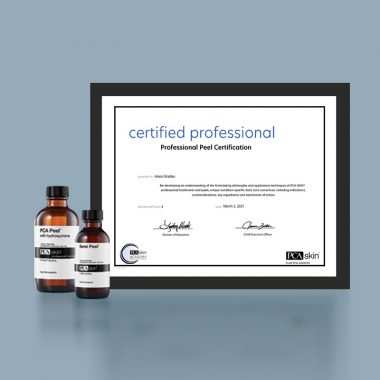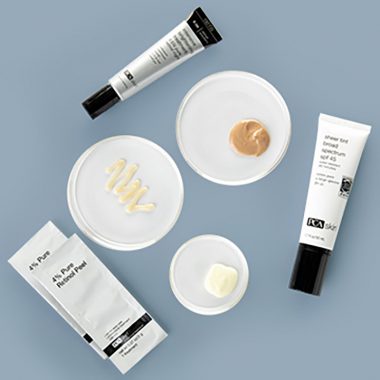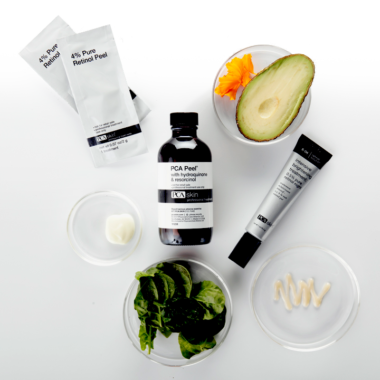Hyperpigmentation
Hyperpigmentation is the deposition of melanin (pigment) due to the stimulation of melanogenesis.
Jump to
Melanogenesis
Melanogenesis is the process by which pigment is produced and duplicated in the skin. It is the end result of the immune system triggering an inflammatory response, which then triggers melanocyte activity to protect the skin’s DNA from damage and mutation. The process is instigated by any hormonal trigger or cutaneous inflammation, such as heat, trauma and sun.
Types
& Causes
Hyperpigmentation
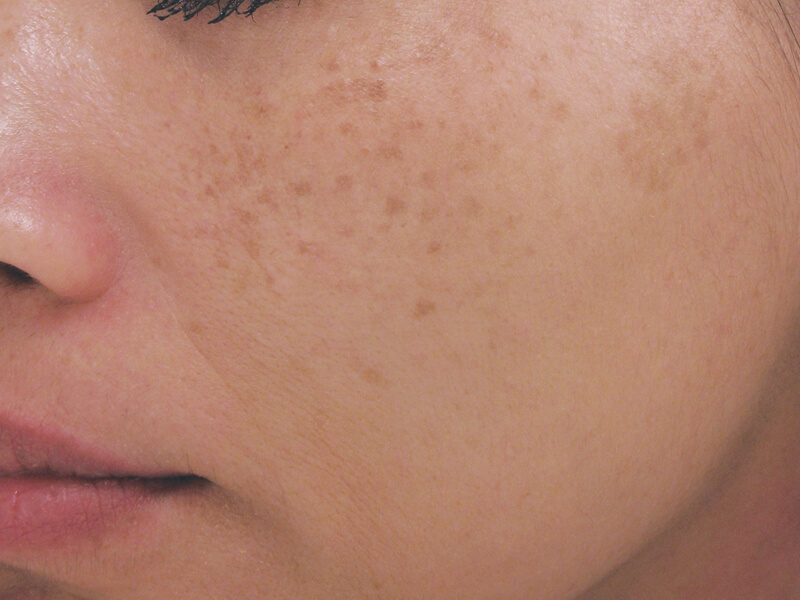
UV-induced hyperpigmentation
Hyperpigmentation that is considered UV-induced can be caused by overexposure to sun, tanning beds, and fluorescent and ambient lighting. This type of hyperpigmentation usually presents as diffuse spots or macules that are evenly distributed around the face. This is also referred to as actinic hyperpigmentation.
Hormonally-induced hyperpigmentation: melasma
Any hormone fluctuation can induce hyperpigmentation. The term melasma comes from the Greek word “melas,” which means black. It is commonly associated with a fluctuation of hormones (pregnancy, oral contraceptives, thyroid dysfunction, menopause, or hormone replacement therapy (HRT)) and will worsen with UV exposure. It appears as large symmetrical bilateral patches with jagged borders typically around the jawline, upper lip, cheeks, and forehead.
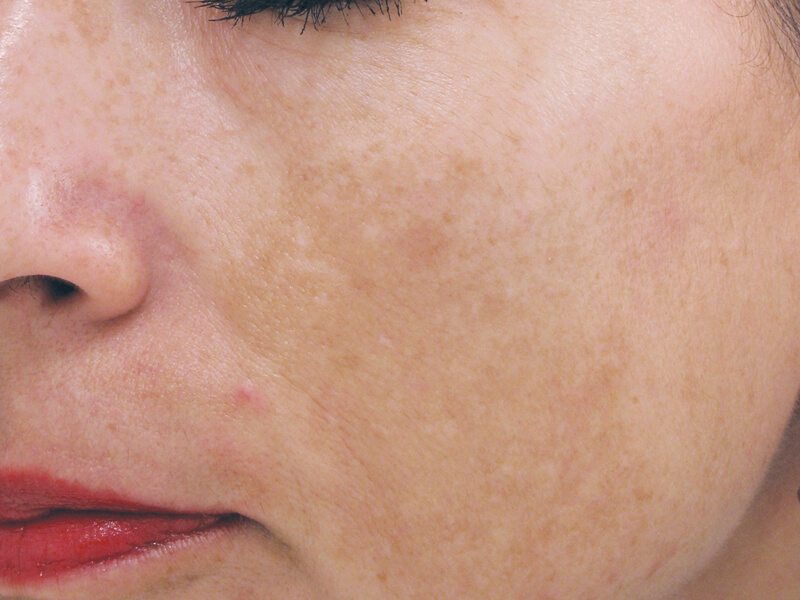
- Melasma affects five to six million American women annually.
- While the exact cause is unknown, melasma is thought to be a result of an increase in the formation and distribution of melanosomes (packets of melanin pigment) among the keratinocytes, along with increased branching of melanocytic dendrites.
- Research shows that elevated estrogen levels experienced during pregnancy and while taking birth control pills will increase both the number of melanocytes and the activity of tyrosinase.
- Studies indicate that androgen dominance, which can occur during menopausewhen the ovaries cease to produce estrogen, is also responsible for an increase in tyrosinase activity.
- It should be noted that hormonally-induced hyperpigmentation may or may not subside once the hormone imbalance is normalized, and has the potential to recur with future fluctuations and with UV exposure.
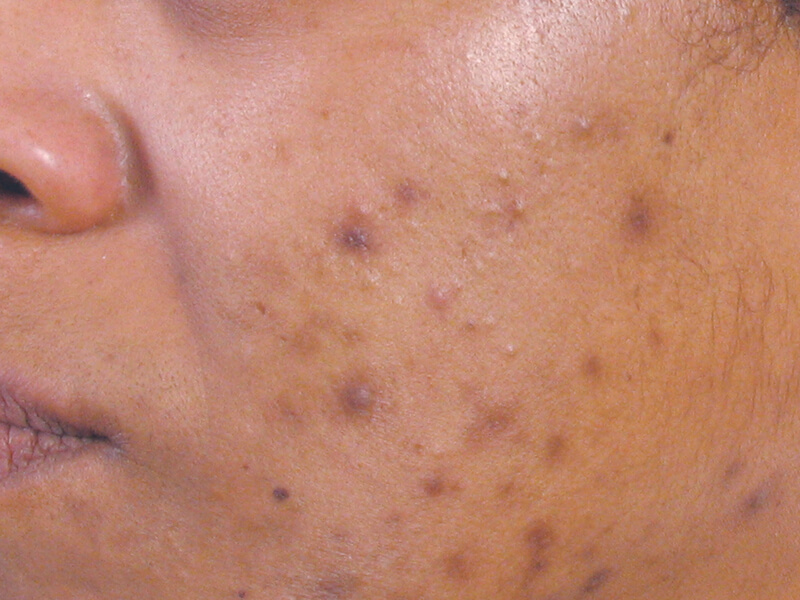
Post-inflammatory hyperpigmentation (PIH)
PIH is pigment deposited as a result of surface irritation, inflammation, or abrasion of the epidermis. It is characterized by darkened areas at the sites of the trauma.
- Acne, dermatitis, psoriasis, eczema, and bug bites are common triggers.
- Manipulating the nose because of allergies can result in a line of pigment across the bridge of the nose, called the “salud line,” which may worsen the appearance of under-eye circles.
- PIH may appear after shaving-related ingrown hairs or as an overall darkening of the affected area (beard, underarms, bikini line, etc.).
- Darkening of knees and elbows can come from flexural friction.
- Ill-fitting undergarments and other clothing friction may cause discoloration such as “bra burn.
Treatments
& Protocols
How to Treat
-
Hyperpigmentation: Gently Exfoliate -
Hyperpigmentation: Increase Cell Turnover -
Hyperpigmentation: Inhibit Melanogenesis -
Hyperpigmentation: Protect From UV Rays and Other Inflammatory Stimulants
Professional Treatment Protocols
-
PCA Peel® Treatment Protocol -
Sensi Peel® Treatment Protocol -
Smoothing Body Peel® Treatment Protocol -
Ultra Peel® Treatment Protocol -
MD Peel (CCl3) Treatment Protocol -
4% Pure Retinol Peel or 6% Pure Retinol Peel Protocol -
Advanced Treatment Booster Protocol -
Therapeutic Mask Treatment Protocol

